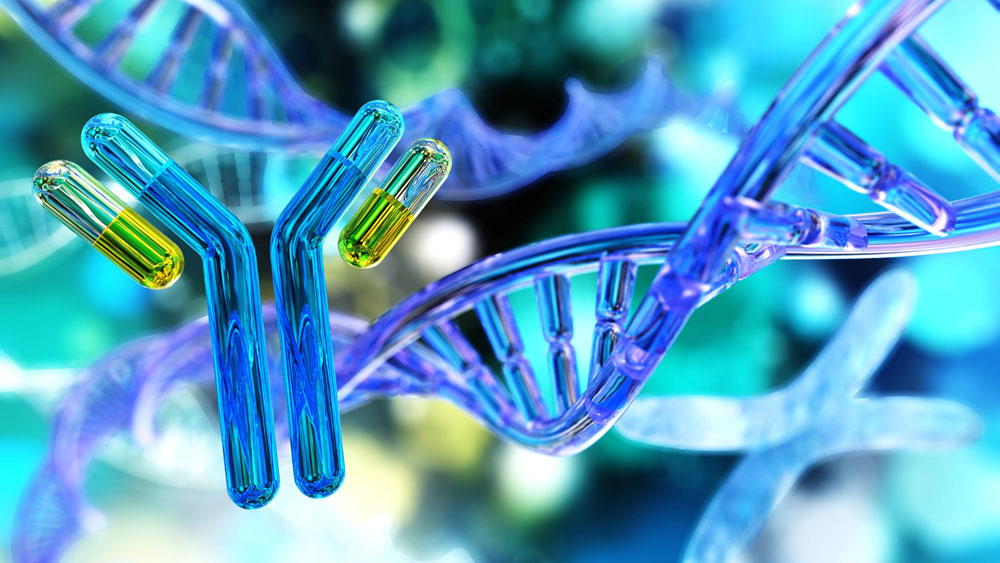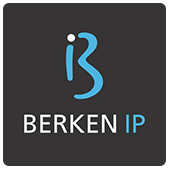

Patenting antibodies in Europe and Argentina
On March 1, 2021, the new Guidelines for Examination of the European Patent Office (EPO) came into force. These Guidelines set the rules by which Examiners at the EPO analyze the patent applications prosecuted therein to evaluate whether they are in conditions to be granted as European patents, thus providing more homogeneity and transparency to said prosecutions.
The new Guidelines include a section devoted to the patentability of antibodies, inexistent thus far, which essentially sets in stone the criteria by which the Examiners at the EPO have been conducting their examinations on applications related to antibodies lately. Said criteria are based in decisions issued in the last few years by the Technical Board of Appeals of the EPO on antibodies-related issues, used so far by the Examiners to carry out their analyses in lieu of specific indications in the Guidelines.
The new section of the Guidelines (section G-II-5.6), on one hand, establishes requisites for the proper definition of antibodies in claims, and on the other, provides considerations on how to demonstrate the inventive step involved in the development of novel antibodies.
Definition
Antibodies are proteins (i.e., polypeptides) and, as such, they structurally consist of a series of linear amino acids chains. They are part of the immune system of many living organisms, and every antibody is adapted to bind to a particular antigen (i.e., a substance which generates an immune response in the organism) by specific regions in its amino acids sequence named complementarity-determining regions (CDRs). Each antibody has 6 CDRs, which define to which antigen they will bind.
According to the new Guidelines, the EPO accepts defining a claimed antibody by either structural or functional features, as well as by its production process.
- Structural features The essential structural feature of antibodies is their amino acid sequence. Since the CDRs are the parts of an antibody which determine their ability to bind to a certain antigen, the EPO establishes that the structural definition of an antibody must include, at least, the amino acid sequences of the 6 CDRs thereof. The EPO will only accept a structural definition of an antibody including less than all 6 CDRs if it is unequivocally proven that not all CDRs are involve in the binding to the antigen. Another way to define an antibody structurally would be by means of the nucleotide sequence codifying it (i.e., the specific portion of a nucleic acid molecule, for instance DNA, which may be used by a cell to generate the corresponding antibody).
- Functional features The EPO contemplates the possibility of defining an antibody by several types of functional features, such as the antigen to which it binds, the affinity therefor it exhibits, the specific regions of the antigen to which it binds (named epitopes), etc., as well as combinations thereof. Even though this kind of definitions may be desirable because they are usually of a broader scope than structural definitions, it is important to note the new EPO Guidelines clearly establish that in these cases it is especially important for the Examiner to verify whether the specification of the patent application under analysis provides a sufficient description of the invention, so that it may by reproduced by a person of skill in the art (i.e., that the description of the invention allows for it to be reproduced without any ambiguity). On the other hand, the Guidelines clarify that, if there is any prior art disclosing an antibody directed to the same antigen as the one being claimed, which is also obtained by a process as the one used for the claimed antibody, it will be assumed that the prior art inherently disclosed the functional features by means of which the same is defined, which would deny its novelty.
- Production process The EPO allows defining an antibody by means of the process by which it is obtained. For instance, the antibody could be defined by the immunization protocol used to generate it. However, it should be noted that in these cases the antigen used for the generation of the antibody should be defined by its sequence without any ambiguity whatsoever.
Inventive step
Regarding inventive step, the new section of the EPO Guidelines establishes that a novel antibody which binds to a known antigen must exhibit an unexpected property over antibodies known in the prior art for the same antigen. Examples of such properties might be a greater affinity, a higher therapeutic efficacy, reduced toxicity or secondary effects, etc. A mere structural difference with the antibodies of the prior art would not be considered enough in this case to provide an inventive step, since such a difference would be considered an “alternative solution” to a technical problem previously solved, which the EPO considers obvious in view of the prior art as a general rule in this technical field.
Situation in Argentina
Even though the Argentinean PTO (INPI, National Institute of Industrial Property) included in its Patentability Guidelines a section directed to biotechnological inventions by means of Resolution INPI N° P-283 of September 25, 2015, they do not provide specific indications regarding inventions related to antibodies. However, there are some tendencies which Examiners at the INPI usually follow when analyzing this kind of applications.
Regarding the definition of claimed antibodies, the INPI only accepts a structural definition thereof. Unlike the EPO, neither a functional definition nor a definition by means of the production process for the claimed antibody are acceptable. This means that some inventions which would be potentially patentable in Europe would not be accepted in Argentina, or at least they would be accepted with a much more limited scope (for instance, having to limit a broad functional claim to a narrower one defined by the specific sequences of the claimed antibody).
For a proper structural definition of a claimed antibody, Examiners at the INPI usually require that all 6 CDRs of the antibody to be defined. On the other hand, defining an antibody solely by means of the nucleotide sequence which codifies it is generally not accepted, as it should be complemented specifying as well the codified amino acid sequence (as mentioned, al least the 6 CDRs).
Regarding the evaluation of inventive step, the INPI does not have a criterion as clear as the EPO in this aspect. However, as a general rule, Examiners at the INPI tend to expect a patent application to include comparative results to the closest prior art, showing any surprising effect. In the specific case of antibodies, this would imply a similar criterion to that of the EPO, which is why it would be appropriate to include results in the specification showing some unexpected advantageous property of the claimed antibody in comparison to those of the prior art directed to the same antigen.
Diego Federico Martin
Latest Posts
Patent prosecution highway in Argentina
In Argentina, there are three possible ways to request a PPH for patent applications, depending on the application’s characteristics. 1. PPH in cases...
Agreement with MINCyT and INTA to prepare a manual of good practices in technology contracts
We were selected by the Ministry of Science, Technology, and Innovation to collaborate with the National Institute for Agricultural Technology (INTA) in...
